Getting Started with Writing Workshop
Ready to get started? Here are the first steps you can take to build, change, or enhance this instructional practice in your classroom.
Choose a primary literacy objective based on children’s needs, standards, and curriculum scope and sequence.
When you are thoughtful and purposeful about your mini-lesson literacy objective, your instruction will be more meaningful for the children. Choose objectives by reviewing the writing standards and curriculum scope and sequence. Research the needs of your children by reading their writing and looking at your anecdotal notes. Identify an objective that would address the needs of most of the children.
- Review the writing standards and scope and sequence for your grade level to inform the primary literacy objective choice.
- Gather and review formative assessment data (e.g., writing conference notes, children’s writing samples, etc.) on your children and consider this information, too.
- Draft an objective that will best meet the instructional needs of most of the children in the class. Review and revise as needed.
- Consider how the objective can be addressed in other instructional practices in your literacy block.
- Consider how you will know if children meet the objective.
Use a lesson planning template to guide the thoughtful planning and pacing of the lesson, and rehearse the language.
The lesson planning template is a valuable tool for preparing a successful lesson. Use the prompts to focus your attention and support your thinking as you plan your lesson. Script out the actual language that you will use during various parts of the lesson. Consider how you will teach the lesson to reach the variety of learners in your class.
- Gather all lesson materials (e.g., mentor texts, chart tablet, markers) and formative assessment data.
- Draft a list of two or three children for conferences or consider convening a small group.
- Follow the prompts to complete the planning template. Reflect and revise the lesson as needed.
- Rehearse the language for the lesson.
- What considerations and/or scaffolds will be necessary to help your language learners be successful?
- Where will you touch base with your children’s social-emotional needs by reviewing an element of classroom culture?
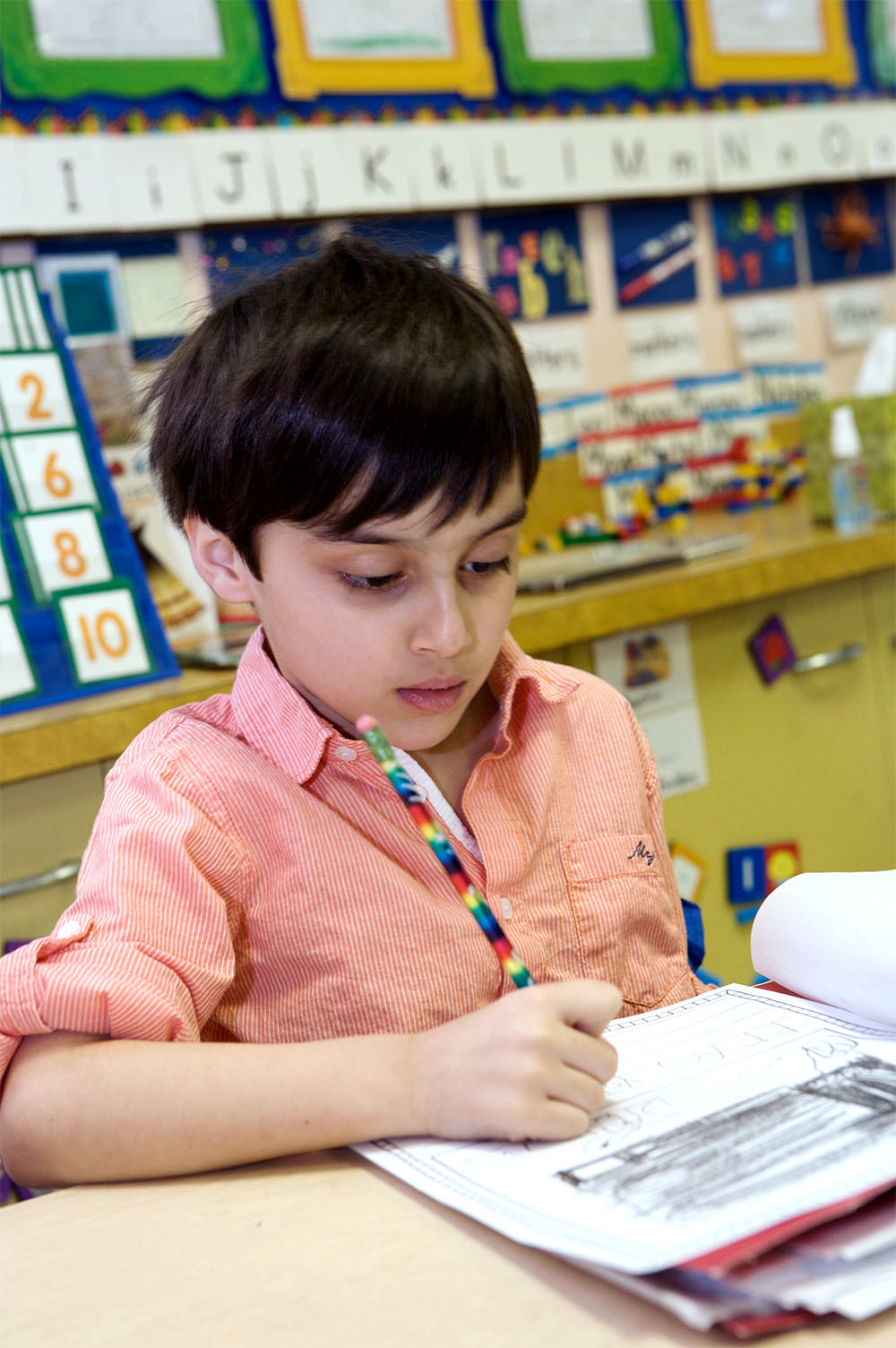
Develop procedures that promote choice, independence, and active engagement.
The success of the Writing Workshop is heavily dependent upon the children’s ability to carry out routines independently. They must be able to write independently for increasingly longer periods of time, locate materials and resources, solve problems (broken pencils, spelling words, etc.), and maintain a sufficiently low noise level to enable everyone to work undisturbed. Teach procedural lessons (e.g., “What do you do when you can’t spell a word?” or “What do you do when you’re done?”) and create anchor charts to support children to become active and responsible members of the workshop community.
- Make a list of the procedures you want children to be able to do on their own. Consider how children will use supplies, get their work done, and interact with others.
- Plan and teach the series of procedural lessons necessary for Writing Workshop over time.
- Co-create anchor charts during the procedural lessons and place them where they are needed to remind the children of the procedures. Include photos or illustrations on the anchor charts to support the children in reading them.
- Role play, rehearse, and practice the routines and procedures.
- Support the children in self-monitoring and self-regulating with child-friendly rubrics.
- Allocate a brief portion of the share time at the end of the workshop to reflect upon how well the children carried out the routines and procedures.
Create a joyful climate around learning to write.
Learning to write is hard work! Forming letters, spelling words, and getting ideas from one’s head to the paper can be a huge demand on fledgling writers. Ensure that children will persist in writing by infusing joy in the process. Start with the physical environment. Create an attractive large group meeting area with a colorful rug and comfortable, child-sized seating. Celebrate the community of writers. Engage the children in rituals, songs, and chants that help to build and enhance the feeling of community. Enthusiastically praise the children’s efforts and progress as writers. The climate that we create in our classrooms greatly contributes to the children’s motivation to grow as writers.
- Infuse songs, chants, and cheers into your workshop rituals. Call the children to the rug with a song. Use songs to remind them of their responsibilities. Celebrate their learning with cheers.
- Maintain colorful, comfortable, and kid-sized small group and large group meeting areas.
- Celebrate children’s successes individually in conferences and with the whole community during share time.
- Obtain or make an author’s chair, i.e., a place for children to sit while reading their writing aloud to their peers.
- Focus on progress, not perfection. Look for all the ways in which children are approximating skilled writing and nudge them along.
- Provide a variety of whimsical and fun writing materials and resources beyond regular writing paper and pencils.
- Have celebrations at the end of writing units.
- Make class books and “publish” children’s writing.
- Share your enthusiasm for writing. Talk about and some of your own writing.
- Provide opportunities for your children to self-reflect on their progress as writers.
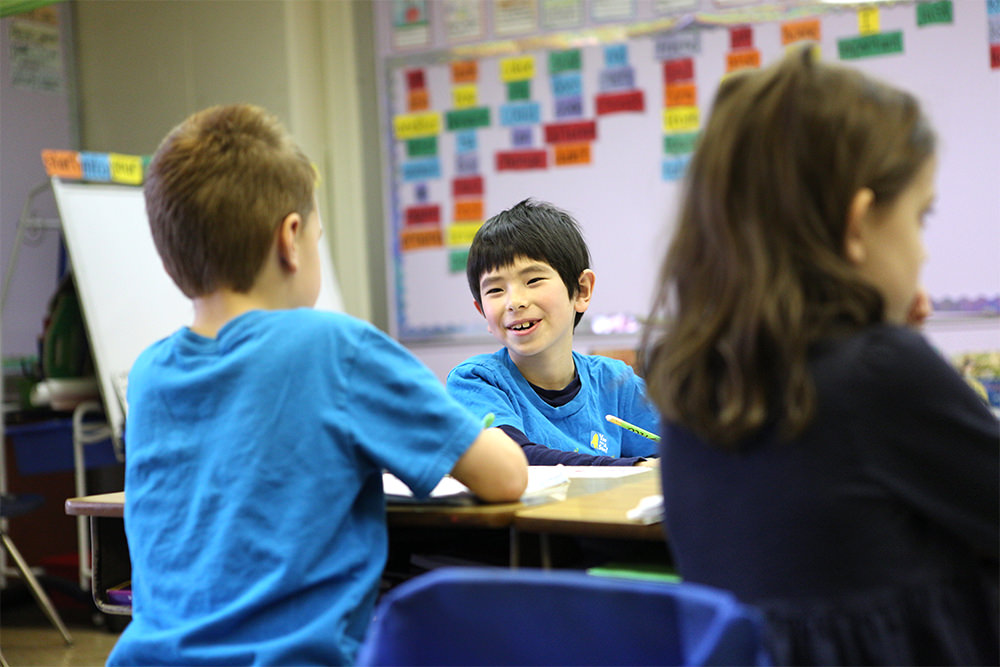
Gather the children in close proximity.
Create a sense of community by gathering everyone in the whole group meeting area for your mini-lessons. Make sure the children have a clear view both of you and of any instructional materials that you are using (e.g., charts, white board, and picture book). You might want to assign children regular seats on the rug, especially if they regularly work with writing partners. Many classroom rugs already have individual seating areas. If yours does not, you can designate spots on the rug with colored tape. Teach procedures for how to come to the rug, how to sit on the rug, and how to turn and talk to their partners. Co-create anchor charts on procedures and post them in the large group meeting area where they are visible to the children.
- Create a whole group meeting area in your classroom where the children can gather for writing mini-lessons.
- Designate certain spots for children who would benefit from sitting in the front during lessons.
- Assign specific spots on the rug to children who would benefit from sitting next to each other.
- Consider assigning writing partners, so that the children can share ideas and practice strategies during the lesson.
- Position the white board, chart tablet, or any other instructional resource that you will use in a place where all the children can see it.
- During whole group lessons, consider the social-emotional needs of your children and their ability to attend or stay focused for extended periods of time.
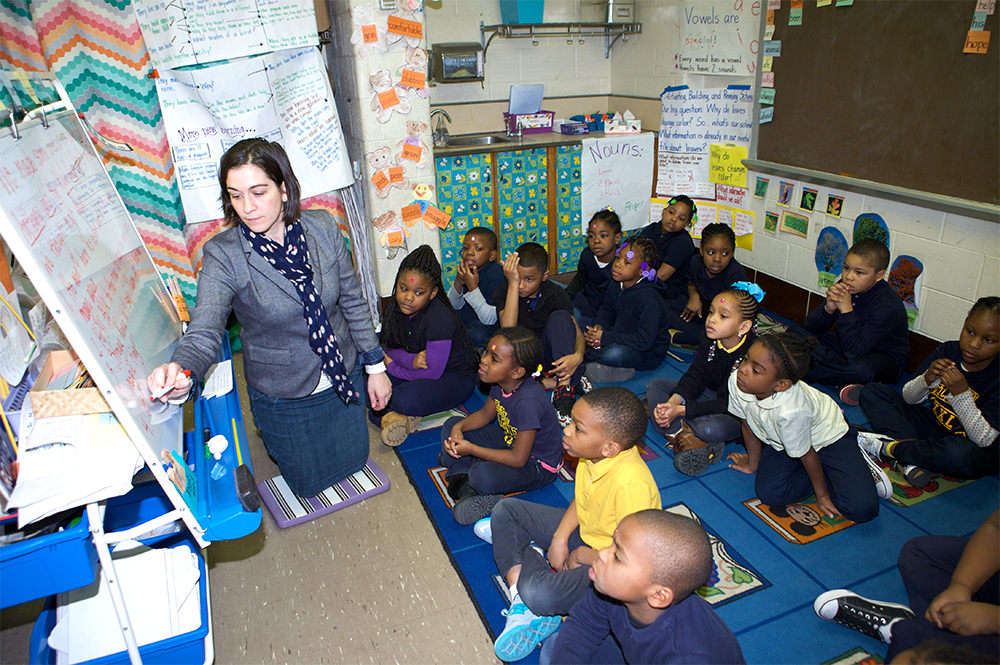
Explain the lesson objective in child friendly language.
Begin each mini-lesson by telling the children what they will be learning, and why it will help them become better writers. Use specific and simple language that all of your learners will understand. You might prepare a sentence strip with the objective written on it to post in the meeting area. Use visuals like pictures or diagrams if you think they will help. Provide language supports for English language learners (visuals, gestures, etc.).
- Write out the lesson objective in simple, straightforward language as you are planning the lesson.
- Write the objective on the white board or a sentence strip to post in the meeting area.
- Start the mini-lesson by clearly stating the objective and telling the children how the skill or strategy will help them as writers.
- End the mini-lesson the same way it started, by repeating the primary literacy objective.
Offer children a clear explanation about when and how they might apply the teaching point in their independent writing.
The Writing Workshop mini-lesson is purposeful and informed by standards, school district curricula, and the children’s instructional needs. It is important for the children to know how the lesson will support their growth as writers. Each mini-lesson contains a have-a-go segment and a linking segment. The have-a-go segment is when the children are given the opportunity to try out the skill or strategy, sometimes for the very first time. The linking segment is when you explain to the children how they might use the skill of strategy during independent writing. For example, you might say, “Writers, always use the best word to help your readers understand your ideas. ‘Cold’ gives the reader only a rough idea about how cold it was. Was it ‘chilly’ or ‘freezing?’ In everything you write, find the best words.”
- Script the language you will use to explain to the children how they will apply the teaching point in their independent writing.
- Rehearse the language that you will use.
- Model the skill or strategy for the children, and then let them have-a-go.
- Based on your observations during the have-a-go segment, choose one or two children who have something constructive to share and call on them to do so.
- During the linking segment of the mini-lesson, emphasize how the teaching point can be applied to help them become better writers.
- During share time, encourage children to share how they used the teaching point.
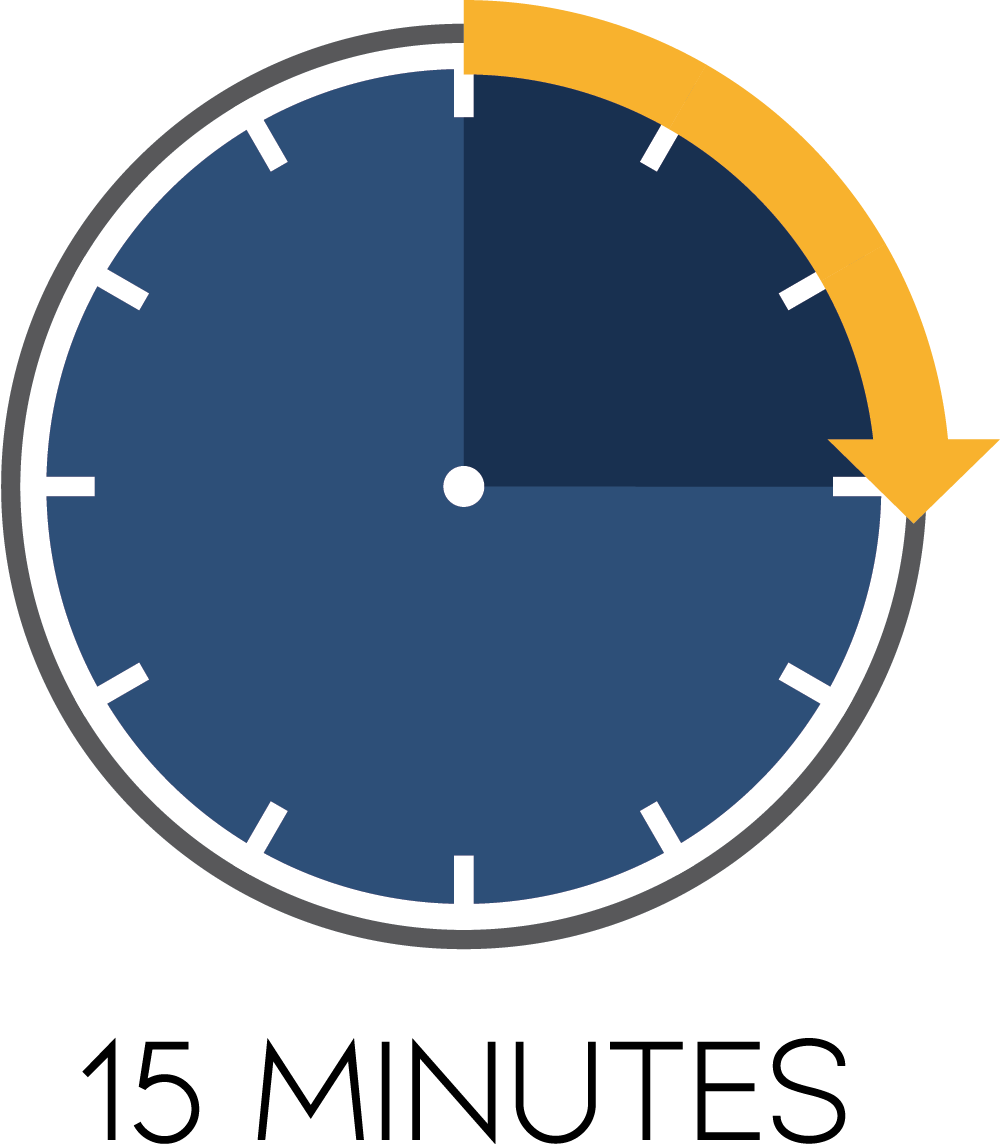
Conduct the mini-lesson in 15 minutes or less.
The Writing Workshop begins with the mini-lesson. The lesson follows the gradual release of responsibility and is designed to teach a skill or strategy that most children then go off and practice during work time. Be mindful of the time constraint. The power of mini-lessons is that they are purposeful, precise, and targeted. The prescribed time for the mini-lesson takes the children’s attention span and stamina into account. Keeping the mini-lesson short leaves plenty of time for the most important part of workshop – work time. Remember that you will be able revisit the teaching points during small group instruction, individual conferences, and additional mini-lessons, if needed.
- Carefully plan and script the writing mini-lesson.
- Rehearse the mini-lesson while watching the time to ensure that you can teach the lesson within the allotted 15 minutes.
- Be sure to keep all the lesson materials accessible and within reach, so that you don’t lose any time searching for items.
- Limit questions from the children. The mini-lesson should focus on direct instruction.
- Carefully consider how you will model the teaching point. If you are using a mentor text, use a familiar one whose plot the children already know. Pinpoint which part of the book actually supports your teaching point and focus only on that section rather than trying to read the entire book, which almost always leads to exceeding the allotted time.
Teach children what writing time looks like, sounds like, and feels like.
Work with children to reflect on and practice what work time will look, sound, and feel like when it is working well. Do this as a series of procedural lessons in the beginning of the year and throughout the year as necessary. Create anchor charts with the children to remind them of their responsibilities. Take time to observe children and reteach as necessary.
- Use the procedural lesson planning template to plan the “looks like, sounds like, feels like” lessons.
- Ask the children what the classroom should look like during work time. They will mention children having conferences with the teacher, children writing, children looking for a word on the word wall, etc. Record these points on the anchor chart under the heading, “Writing Workshop Looks Like …”
- Go through the same procedure for “sounds like” (pencils writing, partners reading their writing to each other in soft voices, children softly stretching out words, etc.) and “feels like” (happy, comfortable, peaceful, relaxing, fun, etc.).
- Create an anchor chart and post it in a place where the children can see it.
- Reread and review it before workshop time and as needed.
- Observe children and adjust and reteach as necessary.
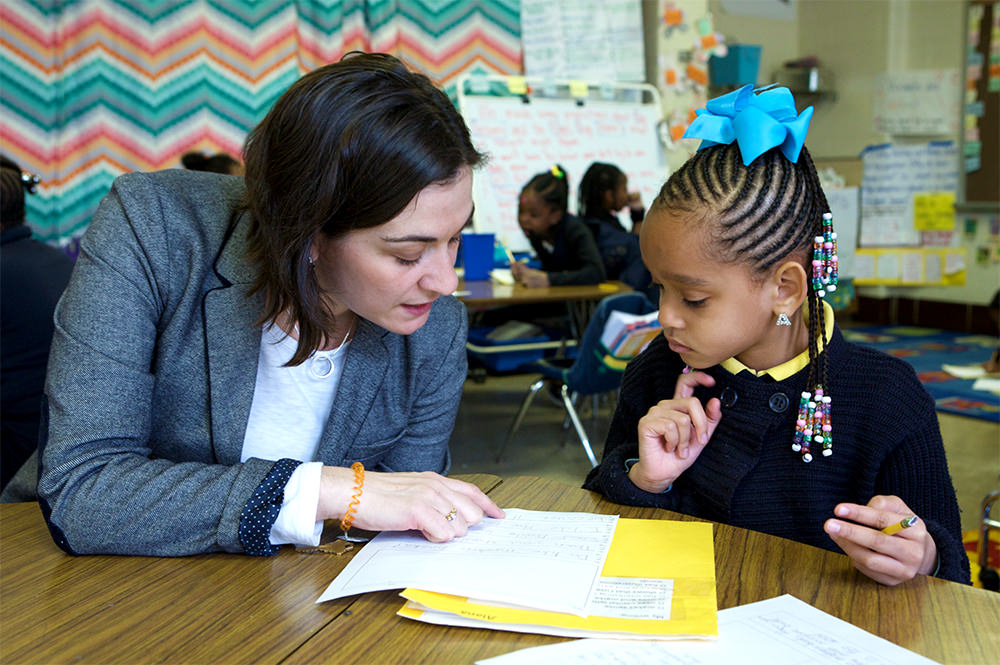
Individualize instruction by conferencing with children.
The individual conference is one of the most productive ways to collect information about a child’s level of writing development and strengths and needs as a writer. It also gives you some insight into the effectiveness of your teaching. An individual conference gives you an up close look at a child’s writing process and strategies. In an average five minute conference, you will have a conversation with the child about something she or he is working on. Offer the child specific praise and teach one thing that will help this child become a more skilled writer. Record information about the conference in your assessment binder or notebook. Use the information to track children’s progress, plan small group instruction, and inform whole-group needs.
- Prepare an assessment binder with a section for each child in the class.
- Schedule time in the work time block to meet with individual children.
- Create a monthly calendar to make sure you meet with each child on a regular basis.
- Have the child choose a piece of writing they are working on, and read it aloud to you. Often, the process of reading the writing aloud will identify needed revisions.
- Use this time to support the child not only as a writer, but also as a speaker and a learner of English.
- Praise the child about an aspect of the writing.
- Identify a partially developed writing skill or strategy.
- Make a teaching point on the identified skill or strategy. Demonstrate it and have the child try it out.
- Record notes from the conference in your binder.
Facilitate share sessions that solidify children’s learning.
End every workshop with a time for children to share their writing. Gather the children back on the rug. Have the children who are sharing that day bring along their writing. Invite two or three selected children to share what they were working on that day. Children can talk about their learning or read from their writing. They can share about how they applied the teaching point or something else they learned as writers. Support children who are not comfortable speaking in front of the class by asking questions, preparing them before the share, or sharing for them. Recognize and celebrate children who stayed focused and on task during workshop time. Share time lasts for approximately five minutes. End the share time by making the teaching point one final time.
- Call the children to the large group meeting area. Remind them to bring the writing that they would like to share.
- Pre-select no more than three children to share, based on your observations of these children during work time or conferences.
- Remind the children of the teaching point and call upon the pre-selected children to share, one at a time.
- Briefly address classroom culture issues that occurred during workshop and recognize the children who stayed on task.
- Have the children reflect upon and rate their participation in work time.
- Let the children think about and talk about what they practiced or learned during workshop time.
- End the workshop by restating the teaching point.

Comments (27)
Log in to post a comment.